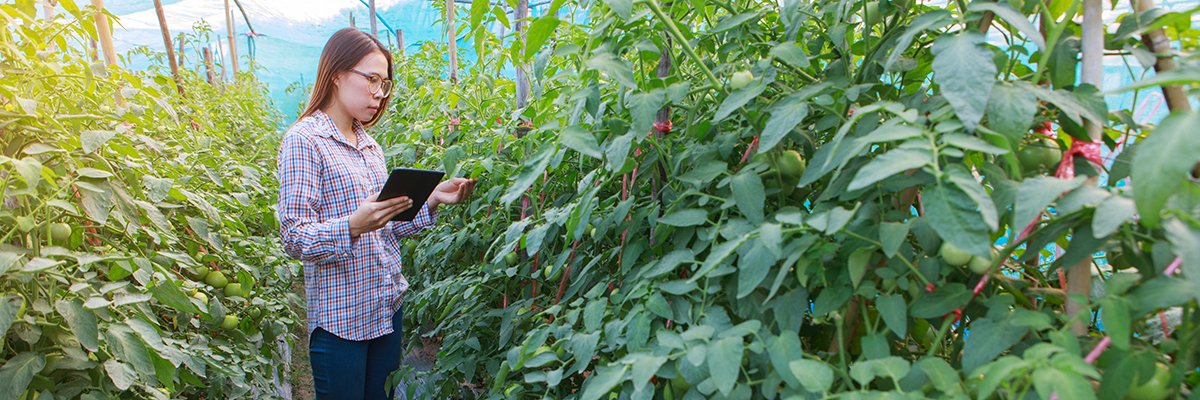
The Natural History Museum has enlisted the help of public cloud giant Amazon Web Services (AWS) to bolster its scientific research capabilities.
The museum said the partnership will pave the way for it to bring together and store a broad range of UK biodiversity and environmental data in one place to encourage cross-disciplinary research programmes and to enable its scientists to develop a deeper understanding of the natural world.
Specifically, the two organisations will develop a new data platform, dubbed the Data Ecosystem, built using AWS technologies and hosted within its public cloud.
The Data Ecosystem will be made available to the museum’s 350 scientists, as well as researchers at its partner institutes across the UK.
“The Data Ecosystem will help researchers to build a deeper understanding of the UK’s urban biodiversity, including its composition, how it relates to environmental conditions, and how it responds to direct conservation action,” the companies said, in a joint statement.
“Scientists will be able to study biodiversity data types alongside environmental data such as soil and atmospheric chemistry or noise pollution, rapidly and accurately.
“This, combined with access to the museum’s 27 years of historical wildlife data from their South Kensington gardens, will build an increasingly detailed picture of biodiversity functioning and health and is expected to open up large-scale opportunities for research and nature positive action.”
The Data Ecosystem’s capabilities will also be used to help accelerate the pace of the biodiversity monitoring work the museum does, while AWS technologies will also be used to create an onsite learning and activity centre and support the work of its Urban Nature Project.
The initiative is geared towards turning the museum’s five-acre site into a biologically diverse green space through the creation of gardens that will provide “living galleries” to assist its scientists with their research. The gardens are due to open to the public in 2023.
“Visual and environmental DNA-based observations of plants and wildlife, as well as environmental and acoustic monitoring data from a high spatial resolution sensor network in the Museum’s gardens will be curated and combined within the Data Ecosystem,” the statement added.
“The richness of data will enable the museum’s scientists to build scientific evidence of the impacts that habitat creation, restoration, and translocation have on the UK’s urban wildlife, from grassland to pond habitats.”
In time, the hope is the Data Ecosystem will lead to all new UK biodiversity and environmental data from Natural History Museum projects being used to create a real-time digital twin that will provide a virtual representation of the UK’s natural environments and biodiversity.
John Tweddle, head of the Angela Marmont Centre for UK Biodiversity at the Natural History Museum, said: “Working with AWS to develop the Data Ecosystem will revolutionise the scientific work we undertake at the museum. The data will form an essential tool in unlocking new solutions to the planetary ecological emergency; from monitoring the UK’s wildlife to furthering science-informed nature recovery in our towns and cities.”
Darren Hardman, vice-president and general manager for the UK and Ireland at AWS, added: “Gaining access to a wide range of data is crucial for the museum’s scientists to build a better understanding of the UK’s urban biodiversity and help address the planetary emergency. Cloud is an important enabler for this.
“For the first time, scientists will have a way to securely store and process research data using the Data Ecosystem, which can easily scale up as more and more data is collected over time. We’re looking forward to working with the museum to drive innovation across the organisation in the coming years as the partnership grows.”

Comentarios recientes